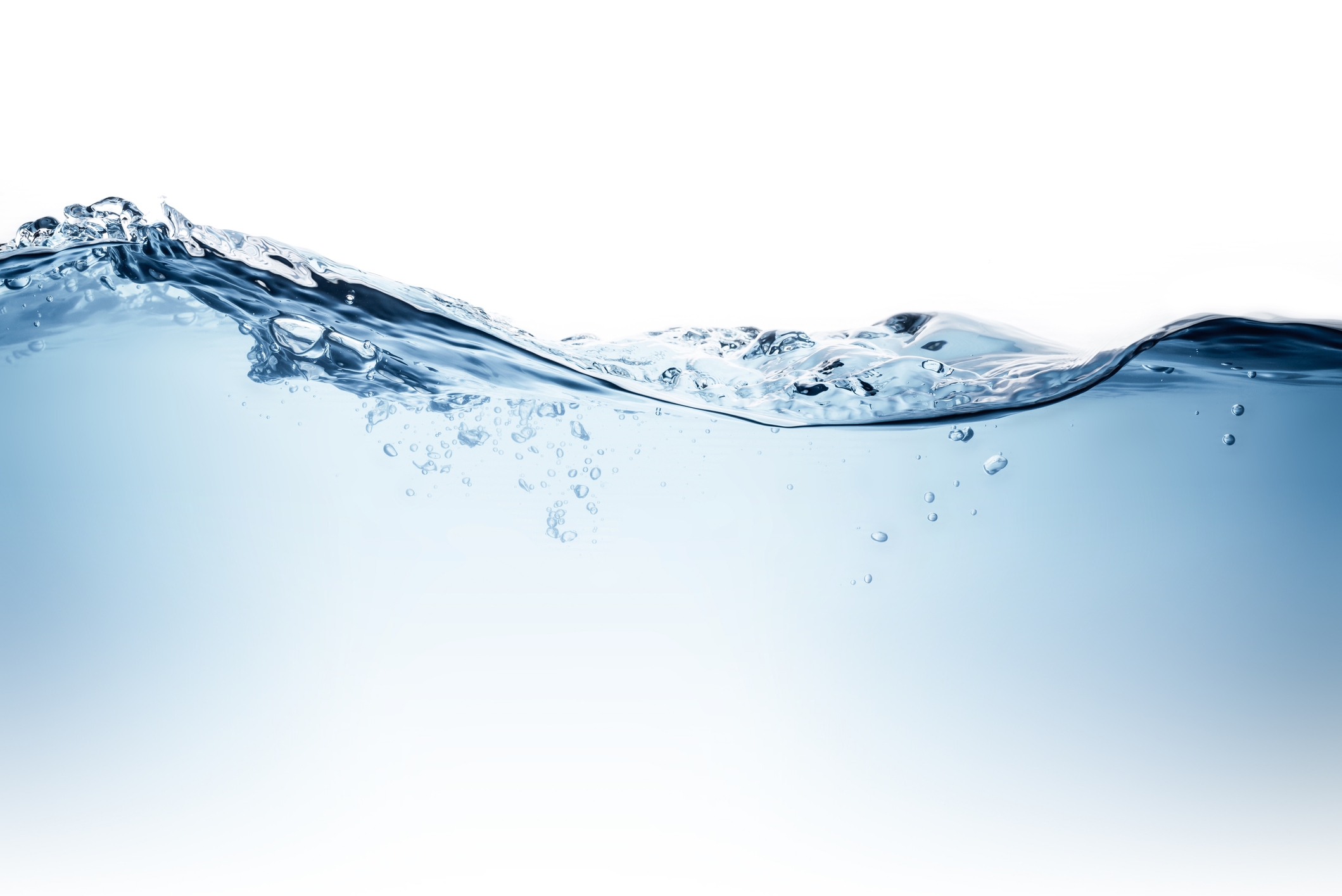2.5 Applying the Framework
Although the Australian Drinking Water Guidelines are not intended to be applied as standards, it is recognised that some jurisdictions may choose to regulate the Guidelines through legislation or operating licences. In determining how the Guidelines are translated into standards, operators and regulators should consider costs and benefits of these actions as well as developing an appropriate implementation timetable. The timetable should allow for endorsement of tools and processes used by water suppliers, and the establishment of mechanisms to ensure continual improvement. Just as important is an early determination and agreement on how the Framework will be monitored, audited and reported against. These aspects need clarification to ensure effective, unambiguous implementation.
Application of the Framework will vary depending on the arrangements for water supply within each jurisdiction; for example, in some states, water supply is managed by the one agency, whereas in other states it is managed locally by numerous water suppliers. This is likely to affect the manner and degree to which the Framework is implemented. However, all water suppliers and relevant government agencies should still be encouraged to use the Framework as a model for best practice.
How the Framework is applied will depend on the needs of the organisation, the separation of responsibilities and the institutional arrangements. Each organisation should develop an internal plan for implementing the Framework in a manner that suits its particular circumstances. The Framework can be applied as a stand-alone drinking water quality management system or can be integrated with an existing management system.
The time and resources required to develop a drinking water quality management system will depend on how many features of the Framework are already being practised and on how advanced existing management systems are. Current management applied by most drinking water suppliers and associated agencies will already incorporate many of the elements specified in the Framework. However, existing practices may not be sufficiently comprehensive to address fully the range of drinking water quality issues that can arise, and may not be systematically structured or sufficiently visible to ensure that all employees know and understand the system. In many instances, all that may be needed is to review, document and formalise these practices and address any areas where improvements are required.
The first step in initiating a drinking water quality management system based on the Framework is to identify appropriate personnel with defined roles and responsibilities. Establishing a core group with the necessary skills will help to ensure consistency throughout the implementation. This group can be supplemented by other expertise as necessary when dealing with specific issues. One option is to establish a water quality committee or water quality department with responsibility for the implementation and ongoing management of the overall system.
Some elements of the Framework will require more effort than others, and improvements may need to be prioritised and implemented sequentially. Additional guidance on two elements of the Framework – Assessment of the water supply system (element 2) and Preventive measures for drinking water quality management (element 3) – is provided in Appendix 1. To assist with implementation of the Framework, users are encouraged to draw on the numerous sources providing detailed technical guidance listed in Appendix 2.
The most important step is getting started. Documenting current practice is often the most effective way to begin. However, in doing this it is important not to get involved in so much detail that making progress on implementing the Framework is inhibited. Documentation of the drinking water quality management system should make maximum use of existing documentation where that is adequate. A manual should be developed to provide an overview of the system and a summary of all relevant documentation.
Training personnel, including senior executives, in quality and risk management methods such as ISO 9001 and HACCP may assist in the development and implementation of a drinking water quality management system. Where necessary, help from outside experts should be sought to facilitate implementation of the Framework.
Effective management systems are not static and must be capable of accommodating change such as catchment developments, emerging issues, advances in technology or new institutional arrangements. Development should be an ongoing and iterative process whereby performance is continually evaluated and reviewed.
